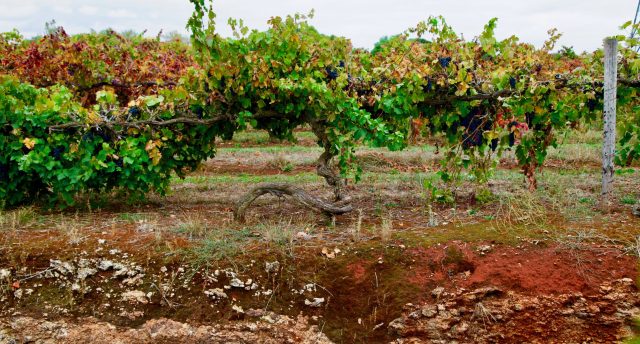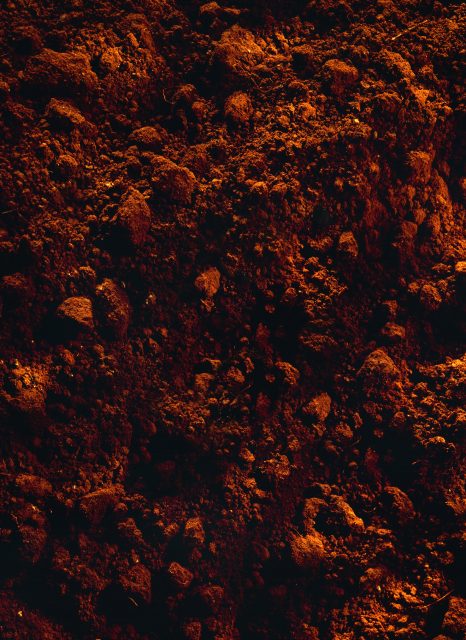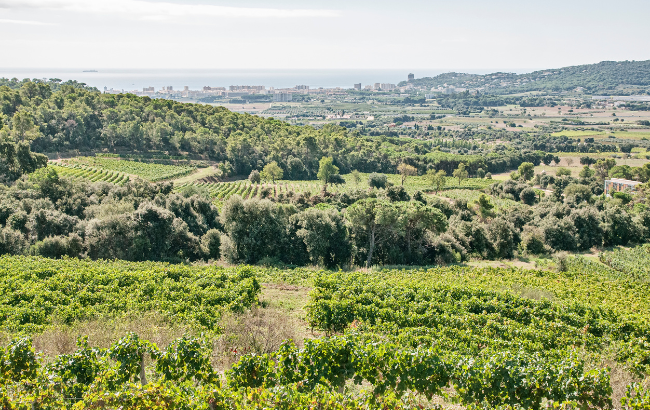Gorman-McAdams: ‘We shouldn’t be talking about Australian Cabernet anymore’
By Lucy ShawThe regionality of Australian Cabernet Sauvignon is so distinct now, that it should no longer be referred to as a generic wine style, according to one MW.

Speaking during a masterclass on Cabernets from across Australia, Mary Gorman-McAdams MW, director of the International Wine Center in New York, said: “We shouldn’t talk about Australian Cabernet, as the wines are so distinctive.
“The regionality is really clear in the wines – you can taste the people and the place in them, from the ocean spray and perfume in Margaret River Cabernet, to the refinement, authority and restrained ripeness in the Yarra Valley, and the bold, dense, sturdy personality of the Cabernets from Coonawarra.”
Despite their regional distinctions, Gorman-McAdams believes Cabernet is such an expressive variety that the characteristics of the grape shine through no matter where in Australia it’s planted.

“Putting a bit of Cabernet in a blend is like inviting your mother-in-law over for the weekend but she ends up staying for three months – it’s a very assertive variety,” she said.
Mark Davidson of Wine Australia, who also took part in the tasting, agreed: “You can’t hide the personality of Cabernet, it just shines through in a blend,” he said, though pointed out that Australian Cabernet can be “a medium bodied and aromatic experience,” citing those made by Yarra Yering as an example.
Master Sommelier John Szabo pointed out that the sub-regions within the Yarra Valley are starting to become an important part of the terroir conversation, pinpointing the centre of the region as the best place for Cabernet to thrive.
“You get a bit of green leafiness in Yarra Valley Cabernets, but I think it’s part of the grape’s DNA,” he said.
Partner Content
Like Gorman-McAdams, Szabo was keen to stress how well defined the Cabernets being made across Australia are today.
“This tasting shows how distinctive and regional Australian Cabernet can be. The wines really speak of their patches of land, from the briney Maritime wines of Margaret River, to Coonawarra proving that remarkable wines can come from unremarkable places,” he said.

During the tasting British wine personality Oz Clarke spoke passionately about Coonawarra and the influence of its famous terra rossa soils.
“Coonawarra is a 50km long magic streak of dirt on the road to nowhere. It’s referred to as the armpit of south Australia and the Antipodean Siberia. I love going there – maybe it’s because I’m a Celt and am used to being on the fringe.
“It’s in a squelchy hell hole at the rump end of south Australia. The region is flat and featureless – you could play billiards on it, and it becomes a swamp when it rains.
“Coonawarra is a cigar-shaped lozenge of blazingly red soil that can produce astonishingly good fruit and lots of it. You don’t need a lot of rain there as the soils are very fertile, free-draining, soft limestone – vine nirvana,” he said, dubbing the region “one of the world’s greatest sites for Cabernet”.
Clarke said the characteristics of Coonawarra Cabernet are distinct blackcurrant, mint and eucalyptus notes that get more prominent as the wines age, along with easy-going tannin and oak.




